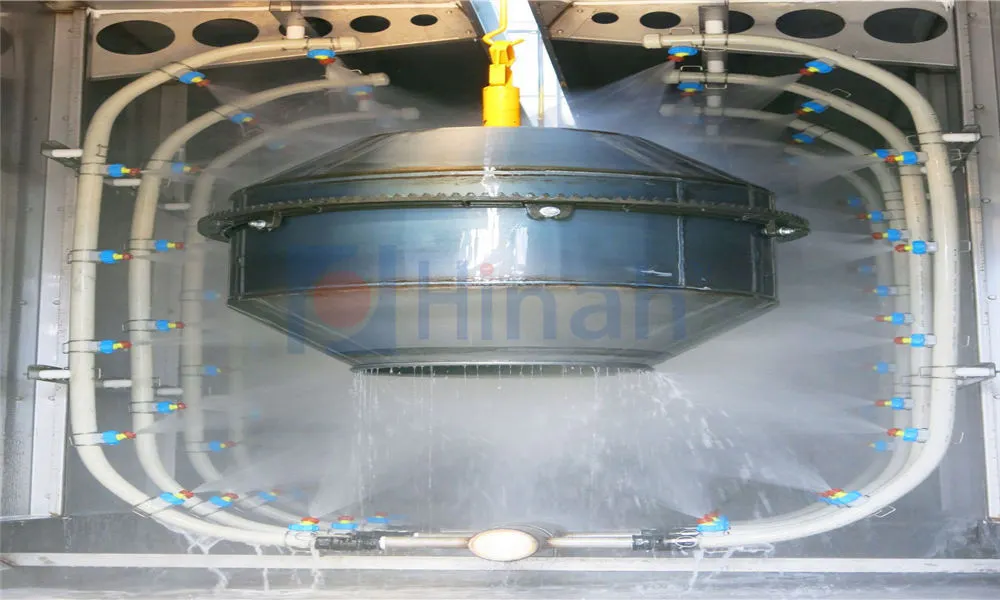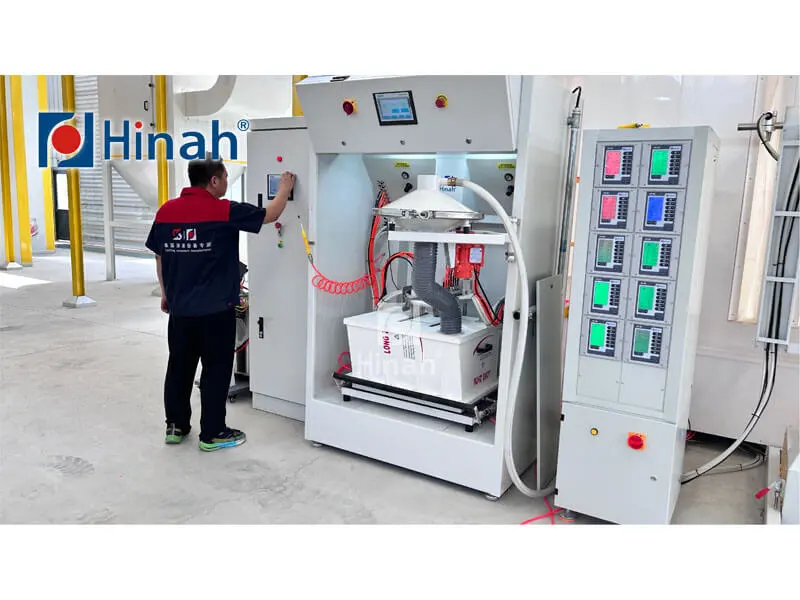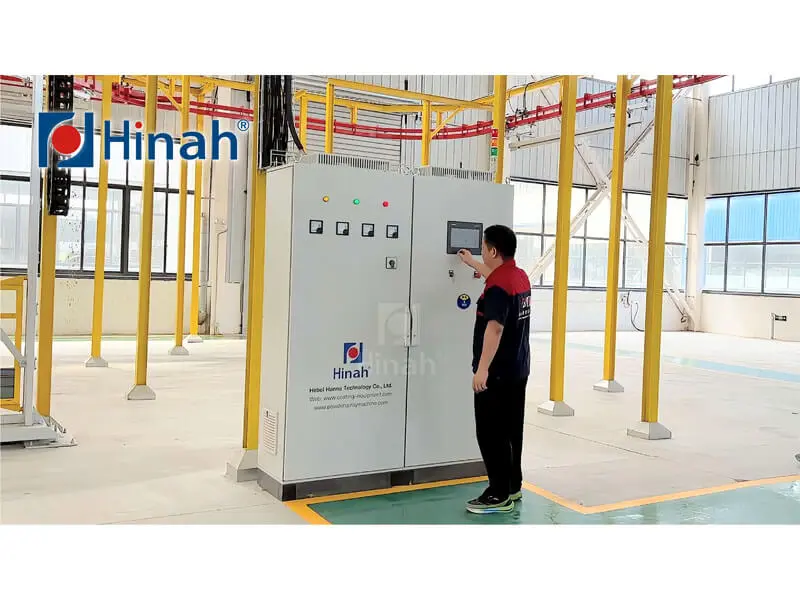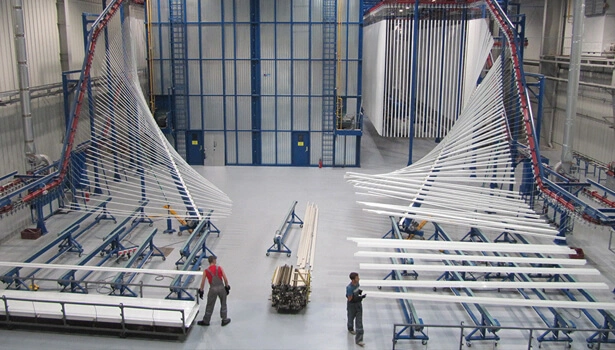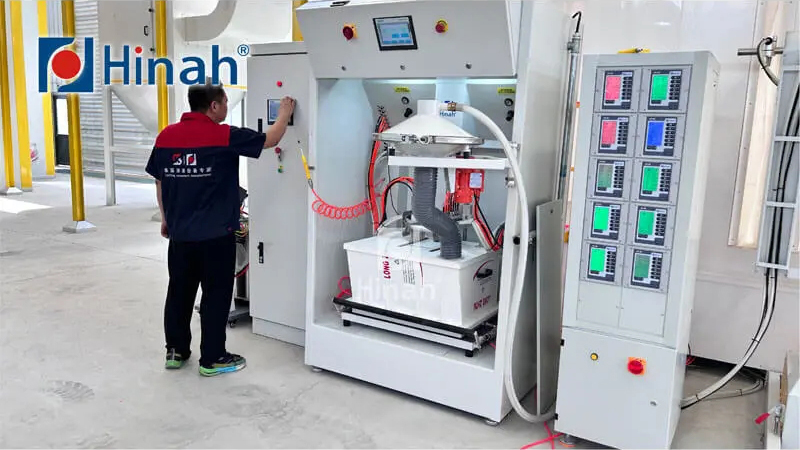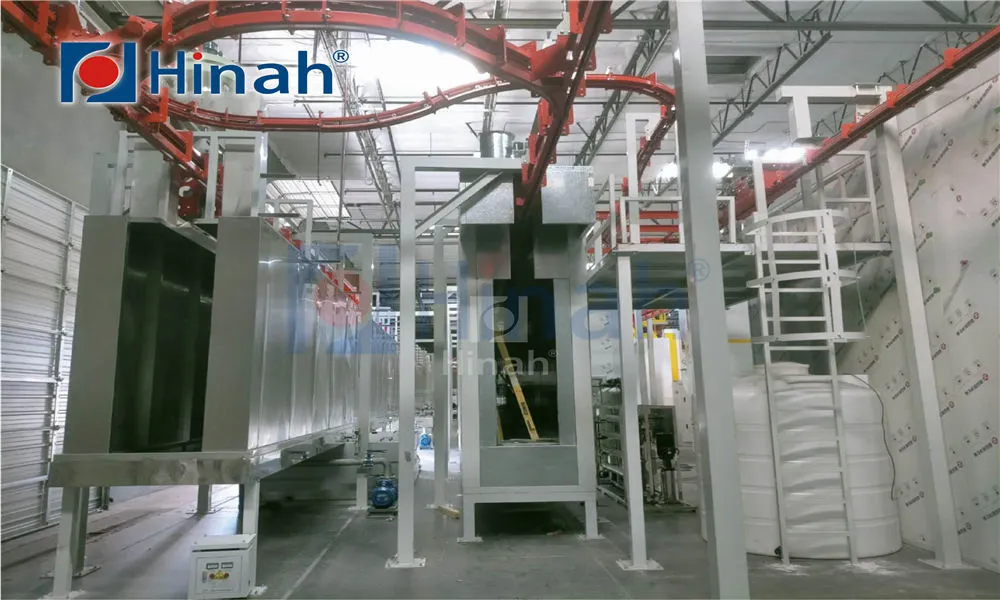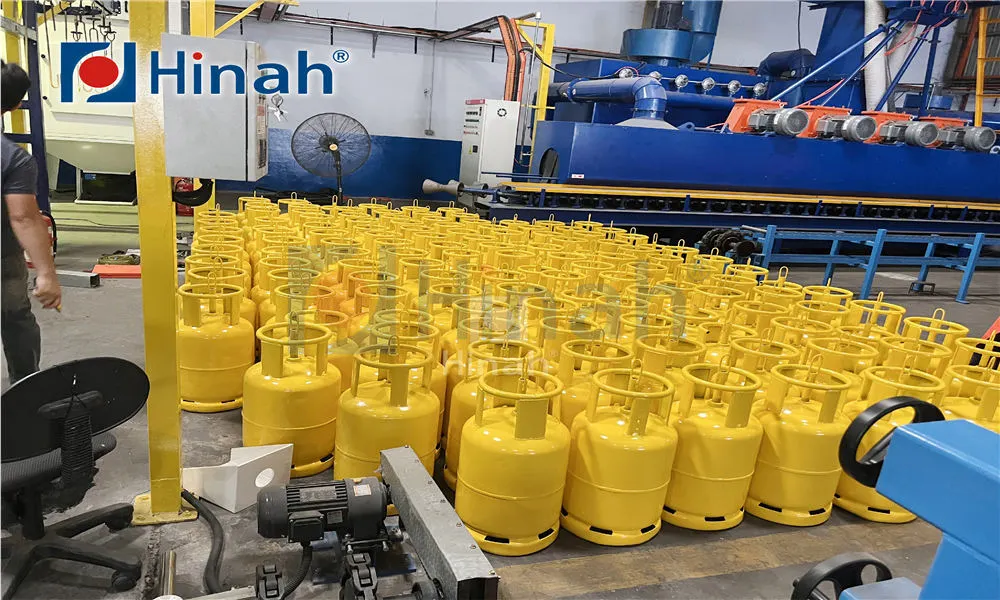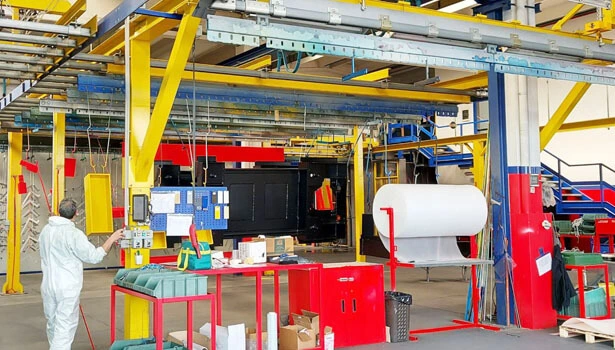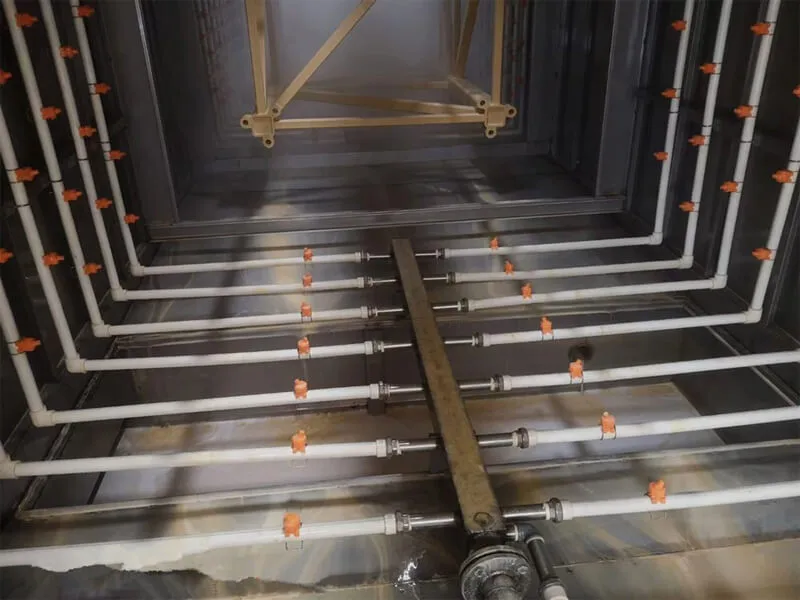When it comes to achieving a durable, high-quality finish on metal products, a well-designed powder coating booth and oven is indispensable. This integrated system is the heart of any professional finishing operation, whether in automotive, aerospace, furniture, or general manufacturing. For businesses looking to upgrade their capabilities or set up a new line, understanding the components, costs, and considerations is crucial. This article delves into the essentials of powder coating systems, focusing on the booth and oven, explores the market for powder coating booth and oven for sale, discusses the powder coating booth and oven price range, and explains the critical process of applying powder coating on metal.
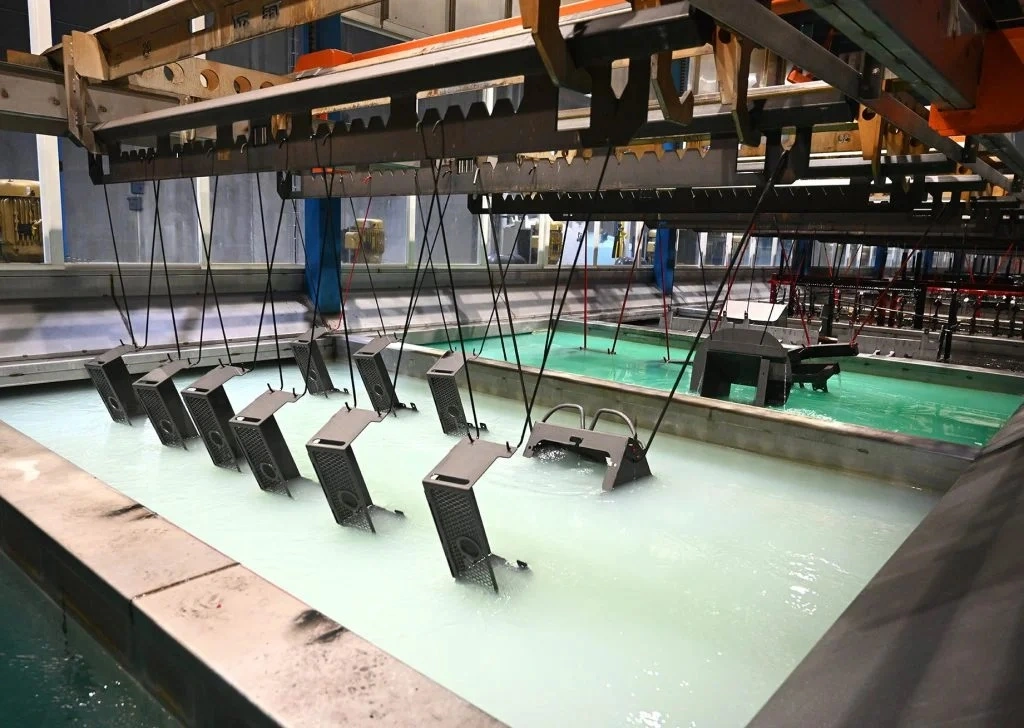
The Core of the Process: What is a Powder Coating System?
A complete powder coating system is more than just a spray area and a heat source. It's a coordinated set of components designed to prepare the substrate, apply the powder evenly, and cure it into a tough, cohesive layer. The system typically includes:
Pre-treatment Stage: This involves cleaning and chemically treating the metal surface to remove oil, dirt, rust, and mill scale. This ensures proper adhesion of the powder.
The Powder Coating Booth: This is the enclosed area where the electrostatically charged powder is sprayed onto the grounded metal part.
The Powder Coating Oven: After application, the parts are transferred to this oven, where heat triggers a chemical reaction that melts, flows, and cures the powder into a smooth, durable finish.
Recovery and Recycling System: Often integrated into the booth, this system collects overspray powder for reuse, increasing efficiency and reducing waste.
The synergy between the powder coating booth and oven is what determines the final quality, efficiency, and cost-effectiveness of the entire operation.
The Powder Coating Booth: Containing the Application
The powder coating booth is a critical containment area designed for safety, efficiency, and cleanliness. Its primary functions are to contain the overspray, provide a clean environment to prevent contaminants from settling on the wet powder, and facilitate the recovery of unused powder.
Key types of booths include:
Open Face Booths: Suitable for low-volume or manual operations where parts are sprayed and then moved to a separate curing oven.
Downdraft Booths: Feature a filtered floor that pulls air and overspray downward, away from the operator and the part. This is ideal for complex parts and provides a very clean environment.
Crossdraft Booths: Air is pulled horizontally across the part and through filters at the back of the booth. A common and cost-effective design for many applications.
When considering a powder coating booth and oven for sale, the booth's size, airflow design, filter efficiency, and material (typically coated steel or stainless steel) are paramount. A well-designed booth maximizes powder transfer efficiency, directly impacting your material costs.
The Powder Coating Oven: The Science of Curing
The powder coating oven is where the magic of transformation happens. The applied powder particles melt, flow together, and undergo a cross-linking chemical reaction (for thermosetting powders) to form a permanent, hard coating.
There are two main types of ovens:
Curing (Batch) Ovens: These are typically used for lower-volume production or for very large, bulky items. They operate on a batch process—load, cure, cool, unload. They can be electric, gas, or infrared.
Conveyorized (In-Line) Ovens: Integrated into a continuous production line, these ovens have parts moving through them on a conveyor. They are essential for high-volume manufacturing and offer consistent, automated curing.
The oven must provide uniform heat distribution and precise temperature control specific to the powder's requirements. An improperly sized or poorly functioning oven can lead to defects like under-curing (powder doesn't fully bond) or over-curing (the finish becomes brittle or discolored).
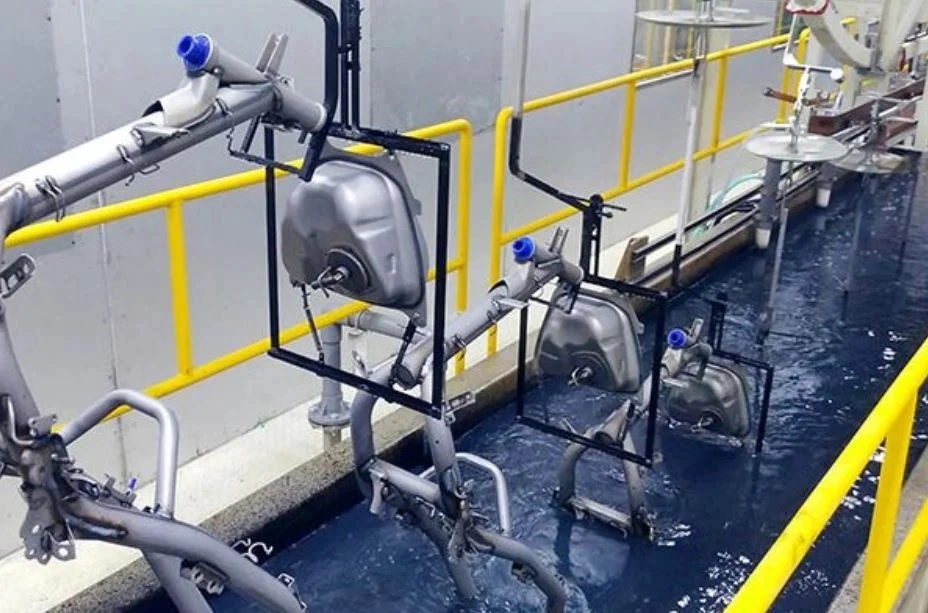
Investing in Efficiency: Powder Coating Booth and Oven for Sale
The market for powder coating booth and oven for sale is diverse, catering to everything from small custom shops to large industrial factories. You have several options:
New Systems: Offered by specialized manufacturers, new systems provide the latest technology, custom engineering to your exact space and needs, warranty, and compliance with current safety and environmental regulations. This is the best option for high-volume or mission-critical applications.
Used or Refurbished Systems: A popular choice for startups or businesses on a tight budget. While the initial powder coating booth and oven price is lower, it's essential to inspect the equipment thoroughly for wear, corrosion, and mechanical issues. Ensure spare parts are available.
Package Deals: Many suppliers offer integrated packages that include the booth, oven, recovery system, and sometimes even the spray guns. This can simplify the purchasing process and ensure compatibility between components.
When searching for equipment, clearly define your requirements: part size, production volume, available floor space, and utility constraints (e.g., available electrical power or gas lines).
Navigating the Investment: Powder Coating Booth and Oven Price
The powder coating booth and oven price is not a single figure but a range influenced by numerous variables. Understanding these factors will help you budget accurately:
Size and Capacity: Larger systems capable of handling big parts like truck frames or industrial equipment command a significantly higher price than small benchtop units for brackets or tools.
Features and Technology: A basic open-face booth is inexpensive, while an automated downdraft booth with a sophisticated cartridge recovery system costs more. Similarly, a simple electric batch oven is cheaper than a large gas-fired conveyorized oven with advanced controls.
Utilities: Gas ovens often have a higher upfront cost but lower operating costs in regions with cheap natural gas. Electric ovens are simpler to install but can be more expensive to run.
New vs. Used: As mentioned, used equipment can be 30-50% less expensive than new, but it carries inherent risks.
Installation and Shipping: These costs are often overlooked. Complex systems may require professional installation, electrical work, and ventilation ducting, adding to the total project cost.
A small, basic manual system might start from $10,000-$20,000, while a large, automated, high-production powder coating system can easily run into the hundreds of thousands of dollars.
Achieving Perfection: Powder Coating on Metal
The ultimate goal of any powder coating system is to achieve a flawless, durable finish on metal substrates. The process of powder coating on metal is favored because it is more environmentally friendly than liquid painting (no VOCs), produces a thicker, more consistent coating without runs or sags, and creates a finish that is highly resistant to chipping, scratching, and fading.
Success depends on three pillars:
Proper Pre-treatment: The metal must be impeccably clean and treated.
Correct Application: Using the right gun settings, technique, and film thickness.
Precise Curing: Baking at the exact temperature for the exact time specified by the powder manufacturer.
When these elements align, the result is a superior finish that protects and enhances the product.
Common Challenges and Problems in Powder Coating
Even with the best equipment, issues can arise. Here are some common problems and their likely causes:
Orange Peel: A textured surface resembling orange skin. This is often caused by improper film thickness, inadequate curing temperature, or poor powder fluidization.
Fish Eyes: Small, circular craters in the finish. Almost always caused by silicone or oil contamination on the substrate before painting or in the compressed air supply.
Poor Adhesion: The coating chips or peels off easily. This can stem from inadequate pre-treatment (cleaning/phosphating), under-curing, or surface contamination.
Pinholes: Tiny holes in the cured film. Often caused by outgassing—moisture or gases escaping from the substrate during curing, which is common with cast metals or welds that weren't properly cleaned.
Inconsistent Cure: Parts are soft in some areas and brittle in others. This usually points to uneven temperature distribution within the powder coating oven, often due to overloading, poor airflow, or a failing heating element.
Most defects can be traced back to a failure in one of the key stages: preparation, application, or curing. A well-maintained and correctly sized powder coating booth and oven is your first line of defense against these problems.
Investing in a powder coating booth and oven is a significant decision that can dramatically improve your product quality and operational efficiency. Whether you are researching the powder coating booth and oven price or actively looking for a powder coating booth and oven for sale, a thorough understanding of your production needs, the technology available, and the potential pitfalls will guide you toward the right powder coating system. By prioritizing a properly designed and maintained setup, you can consistently achieve perfect powder coating on metal, ensuring customer satisfaction and a strong return on your investment.


